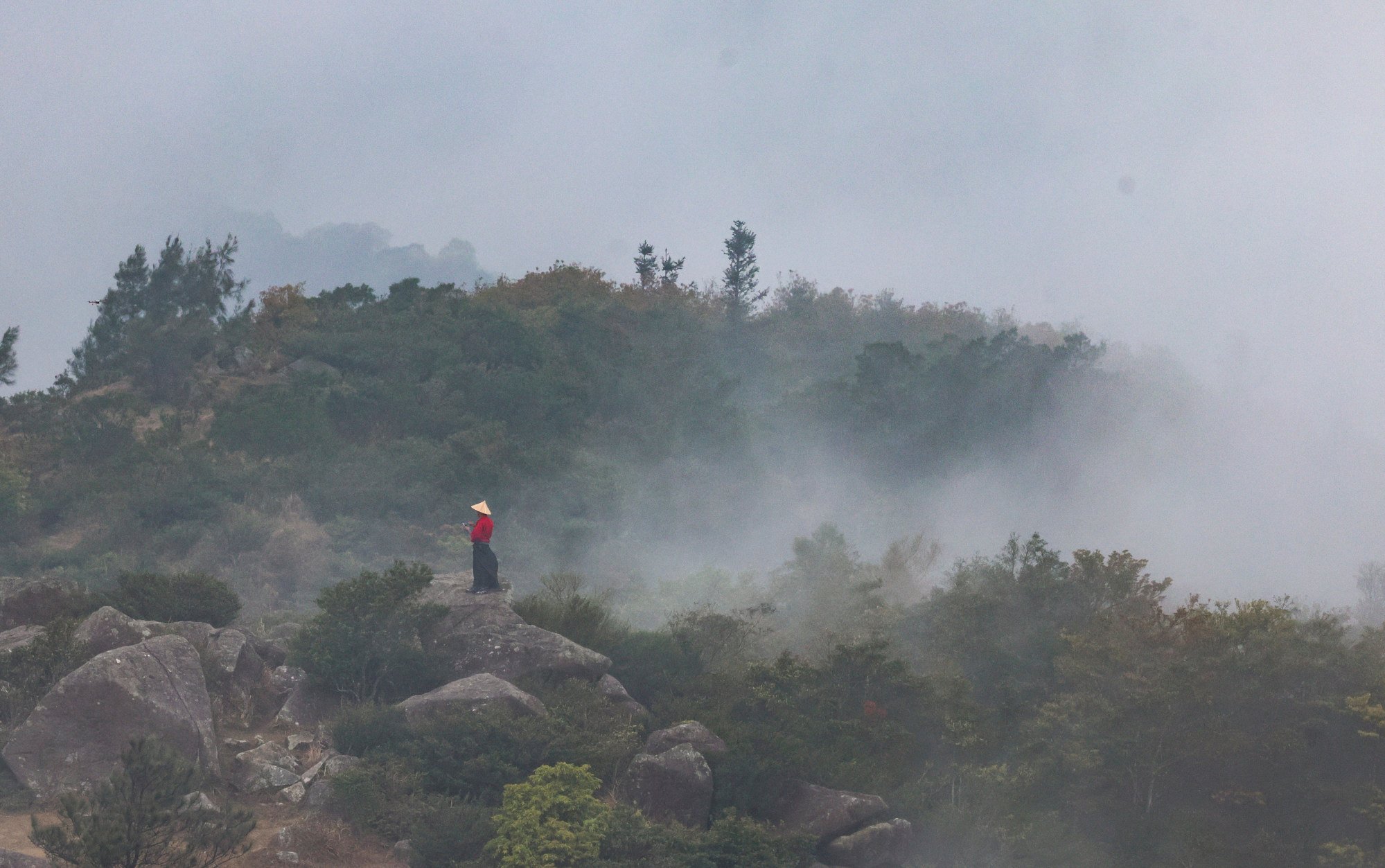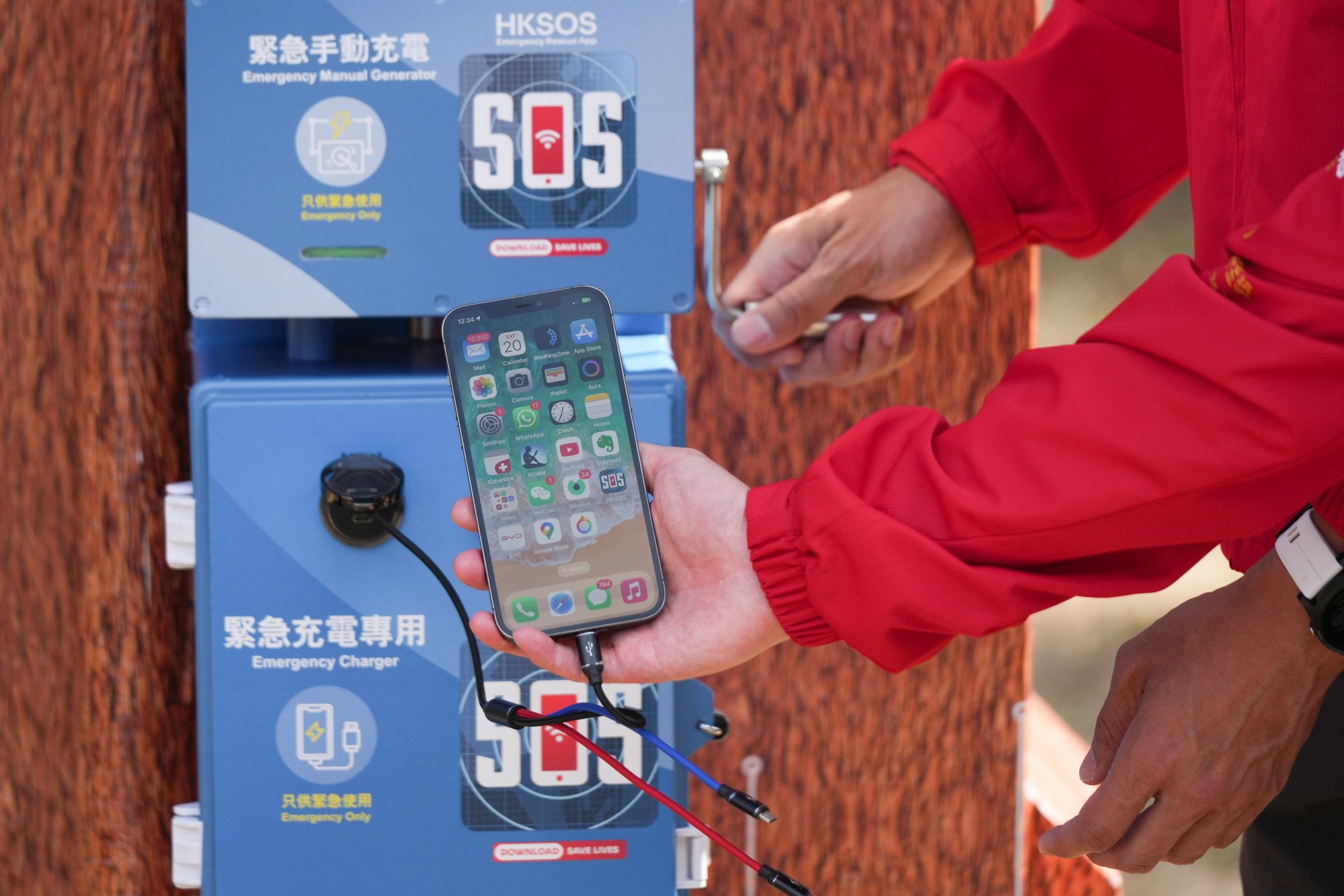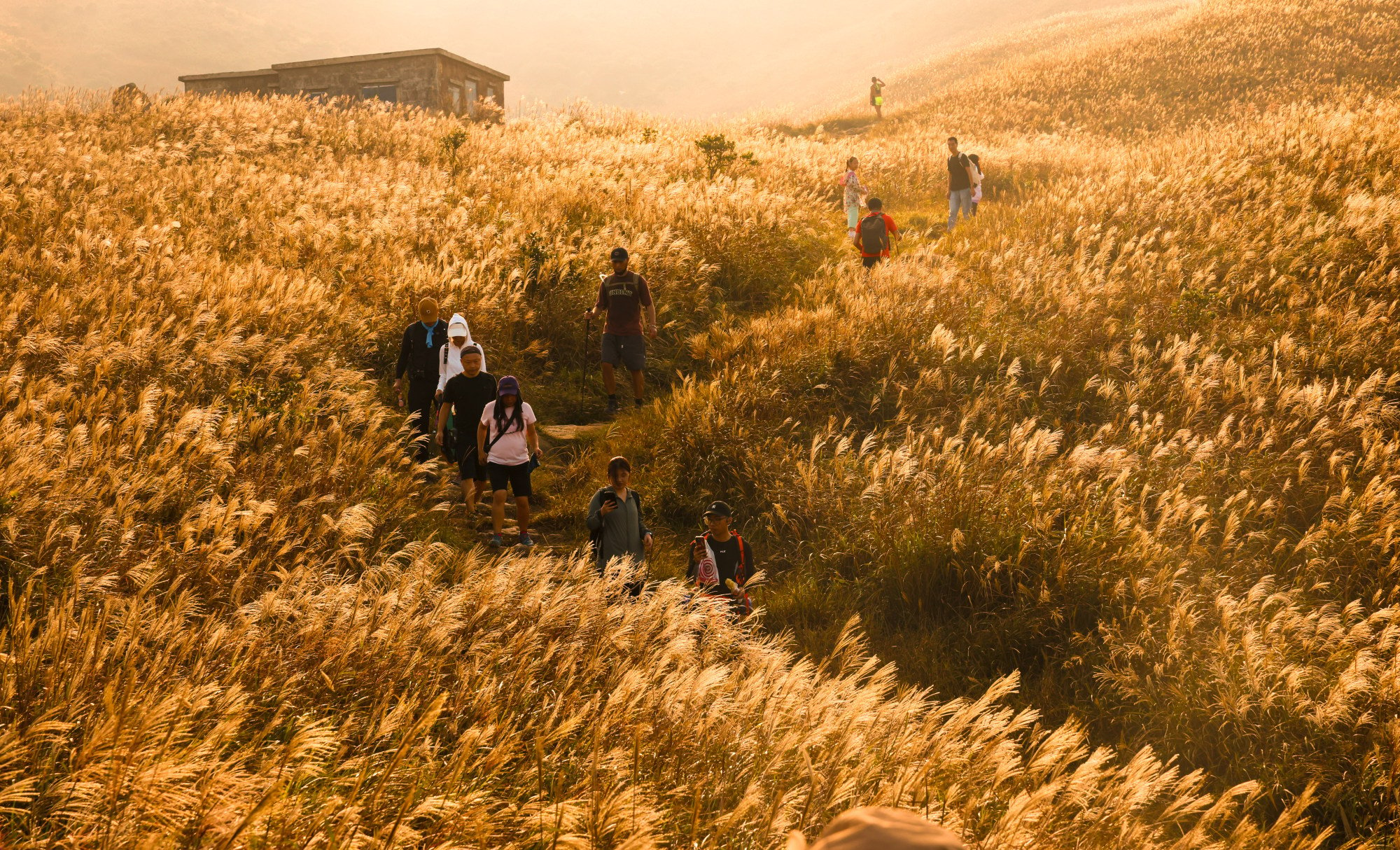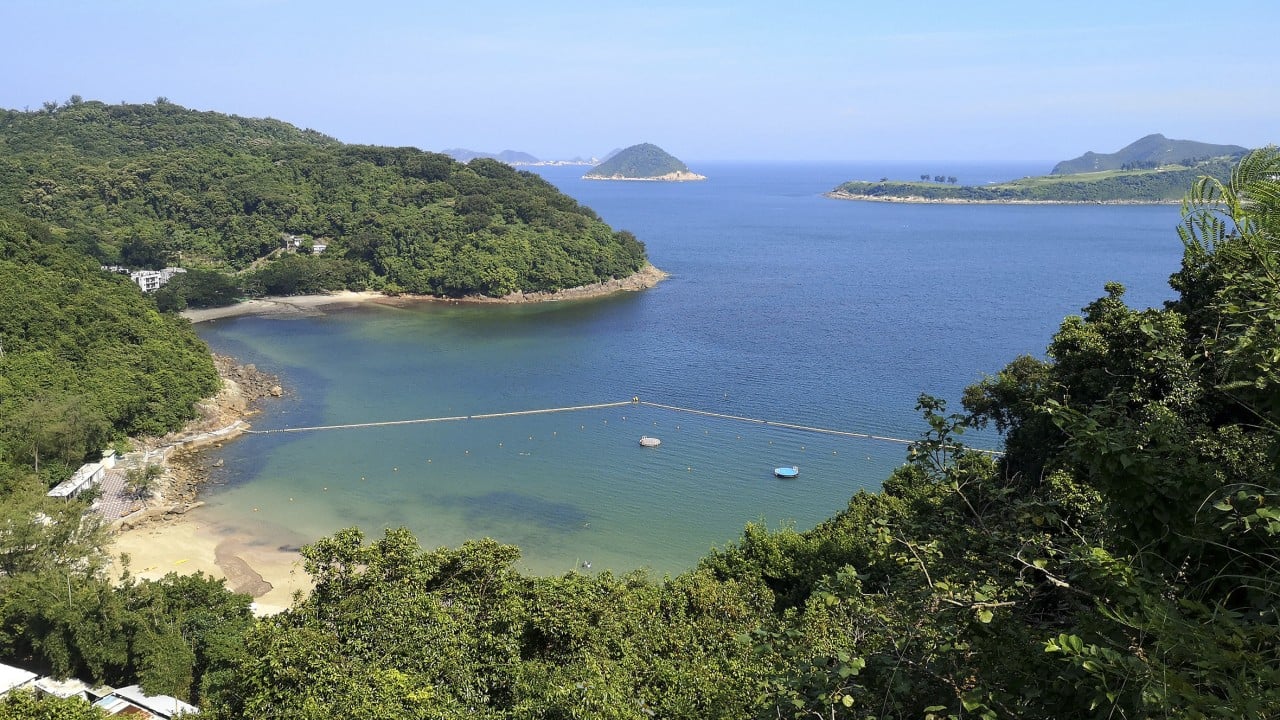Hong Kong’s hiking trails have long delighted locals and visitors alike, but venturing into the hills can be risky if one goes unprepared or alone.
On Monday, a 56-year-old solo hiker died after being found unconscious in a bushy area at the eastern edge of Clear Water Bay Country Park, following a 13-hour land-and-sea search.
The hiker, who sustained abrasions and showed signs of heatstroke when found, was among at least seven people who lost their lives to hiking-related accidents so far this year.
The Post spoke to mountaineering experts on how to keep yourself safe when hiking.
1. Is hiking in Hong Kong safe?
Hiking is generally safe in Hong Kong, but accidents often occur when one underestimates the risks and fails to make sufficient preparations, according to Lobo Louie Hung-tak, associate head of the health and physical education department at the Education University of Hong Kong.
According to the Leisure and Cultural Services Department, which classifies 44 hiking routes according to three levels of difficulty, the Lung Ha Wan Country Trail that the 56-year-old man had been on was considered moderately challenging.

But Louie noted the area around Blade Ridge – where the man was found – had little bush cover and was largely exposed to the sun, which could increase the risk of heat exhaustion.
Apart from the weather, the hikers’ physical condition and tools and supplies would also affect their safety, he said, adding the most fundamental principle was never to hike alone.
“Statistics from the Fire Services Department suggested that the risk for injuries and death among solo hikers is significantly higher because there is no one to help them when accidents happen. It’s important to be aware of the risks and take precautions,” he said.
2. What is the best weather for hiking?
The heat stress warning system of the Labour Department, which serves as a reminder for outdoor workers to take a break, could be a reference for hikers, Louie said.
“When the warning is issued, hikers should take more breaks and shorten their journey to reduce the risk of heat exhaustion,” he said.
“There is no hard indicator on what temperature is the best. For example, the heat could be released faster when there’s wind, but that won’t happen when you are in a valley.”
Louie said those who enjoyed hiking with their dogs should be extra cautious because it was harder for canines to release heat.
He advised hikers to use the Observatory’s hiking trail weather service, which allows hikers to scan the QR codes at information boards of country parks to get the hourly weather forecast for the area they were in.
Veteran mountaineer Chung Kin-man said hikers could also choose to start earlier and finish the hike before noon to avoid the hottest hours.
He also recommended hiking in autumn when the weather was milder and more stable.

3. What should hikers do when they fall ill from the heat?
Louie said hikers should stop hiking immediately when experiencing symptoms of heat exhaustion such as cold sweats, giddiness and weakness in the limbs.
He added hikers were likely to start falling ill when their bodies core temperature rose above 40 degrees Celsius (104 Fahrenheit), higher than the normal range between 36.5 and 37.5 degrees during summer.
“If you fail to release the heat and cool down your body temperature in time, heatstroke can happen, which is life-threatening”
Chung recommended using the police HKSOS mobile app, which was directly linked to the 999 response centre and could help emergency personnel accurately locate a person in distress even when a mobile signal was absent.
4. How should hikers protect themselves from heat-related illness?
Citing international guidelines for hydration, Louie said a hiker needed at least 400ml (13.5 ounces) to 800ml of water per hour, which means about three litres of water for a four-hour hike.
Hikers should also avoid climbing tall mountains in hot weather, because climbing steeper slopes would require more energy, resulting in higher heat production.
He added that it often took seven to 14 days for one to acclimatise to hotter conditions, so hikers should avoid hiking for long hours without rest and increase distances gradually to help their bodies adapt to the heat.
Chung suggested hikers carry at least two to three litres of water for a four to five-hour hike, wear light-coloured clothes, and bring hats and an umbrella to shield themselves from the heat.
They should also choose hiking routes that come with a “backup trail” allowing them to leave immediately in case of an emergency.

5. How should hikers pick a suitable route?
“The route planning is often done by the person with the most hiking experience, but what you should do is take care of the one with the least experience,” Louie said.
He recommended making use of the hiking scheme of the Leisure and Cultural Services Department to know the difficulty and elevation of routes beforehand.
Chung, meanwhile, asked residents to study the hiking information they found online carefully because standards of difficulty were often subjective and depended on hikers’ fitness levels and weather conditions on the day.
“You should not rely on others solely and have to be responsible for your own health and safety,” Chung said. “If you are new to hiking, make sure you always go with someone with experience.”


